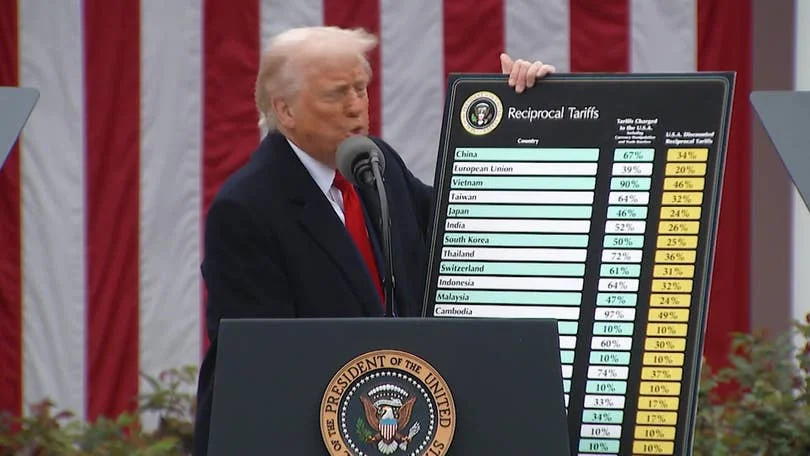
Trump Criticizes China’s Tariff Response, Impacts on U.S. Market Analyzed
Former President Donald Trump has openly criticized China's decision to impose a 34% tariff on U.S. goods, describing their move as a panic response. This statement comes in the wake of escalating trade tensions between the U.S. and China, which have been a significant point of contention during Trump's presidency.
The imposition of these tariffs by China has led to immediate reactions in the U.S. stock market, with analysts closely monitoring the situation. The tariffs are seen as a direct retaliation to U.S. policies, and their impact is being felt across various sectors of the American economy. Market rates have shown volatility, reflecting the uncertainty and the potential long-term effects of these trade policies.
Amidst these developments, other significant news includes discussions on a potential TikTok ban and updates on the Trump presidency. These events continue to shape the political and economic landscape in the U.S., with implications for both domestic and international relations.
Related issues news
Does China put tariffs on US goods?
So far, China has either imposed or proposed tariffs on $110 billion of U.S. goods, representing most of its imports of American products.
What are tariffs supposed to accomplish?
Tariffs are meant to reduce pressure from foreign competition and reduce the trade deficit. They have historically been justified as a means to protect infant industries and to allow import substitution industrialisation (industrializing a nation by replacing imported goods with domestic production).
What are these tariffs?
Tariffs are taxes charged on goods imported from other countries. Typically, they are a percentage of a product's value. For example, a 25% tariff on a $10 (£7.59) product would mean an additional $2.50 (£1.90) charge.
Is a tariff a tax?
Tariffs are taxes on imports, collected when foreign goods cross the U.S. border by the Customs and Border Protection agency. The money — about $80 billion last year — goes to the U.S. Treasury to help pay the federal government's expenses. Congress has authority to say how the money will be spent.